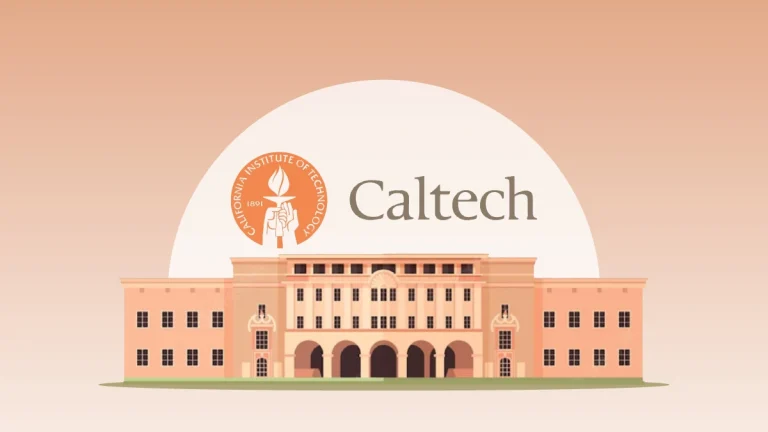
The world’s oceans’ enormous and enigmatic depths have long piqued people’s interest. A large portion of the aquatic world is still unknown and poorly understood even after decades of investigation. Let us introduce (Artificial Intelligence in Marine Biology) (AI), a game-changing technology that is transforming marine biology by offering creative answers to some of the trickiest problems oceanographers and marine conservationists confront.
Unveiling the Ocean’s Secrets with AI:
AI is being used by marine scientists to learn more about the secrets of the ocean. Labor-intensive procedures, such as manually identifying species in underwater footage or completing drawn-out field surveys, are frequently used in traditional techniques of investigating marine life. These jobs can be automated by AI, especially machine learning algorithms, with remarkably high accuracy and efficiency.

An important application of AI is its ability to analyze underwater video data. Researchers use camera-equipped autonomous underwater vehicles (AUVs) to film vast swaths of marine habitats. From this film, machine learning algorithms are subsequently trained to recognize and categorize marine creatures. Because of this automatic analysis, identifying species takes a lot less time and effort, allowing scientists to examine enormous amounts of data more rapidly and accurately.
Enhancing Marine Conservation Efforts:
Artificial Intelligence is contributing significantly to the conservation of marine habitats and improving our understanding of them. Overfishing, pollution, and climate change are just a few of the human activities that are threatening marine environments. AI-driven solutions can assist in tracking and lessening these effects.
Further, AI can be used, for instance, to track and forecast illicit fishing activity. Through the analysis of data from oceanographic sensors, vessel tracking systems, and satellite photography, artificial intelligence (AI) algorithms are able to recognize suspect patterns of activity and immediately notify authorities. By taking a proactive stance, fishing laws can be enforced more successfully and vulnerable marine species can be kept safe from exploitation.
AI-powered models can also forecast how climate change will affect marine ecosystems. These models utilize data on ocean temperatures, levels of acidity, and other environmental variables to predict shifts in the distribution of species and conditions of their habitats. The development of adaptive conservation methods and maintaining the resilience of marine ecosystems in the face of climate change both benefit greatly from this information.
Citizen Science and AI Collaboration:
Through citizen science programs, the use of AI in marine biology is also promoting public-scientist collaboration. Since user-friendly AI-powered apps have become more widely available, regular people can support marine research by documenting and sharing their insights from their coastal expeditions.
For example, smartphone apps with artificial intelligence (AI) can recognize marine life from pictures taken by divers and beachgoers. Following validation by machine learning techniques, these findings are contributed to databases that track marine biodiversity worldwide. The breadth and depth of marine biological study are increased by the abundance of information that is made available to researchers through this crowdsourced data that would otherwise be costly and difficult to get.

Future Prospects and Challenges:
AI has enormous potential in marine biology, but there are drawbacks as well. The quality and quantity of data available for training determines the accuracy of AI algorithms, and data collecting in marine environments presents particular challenges. The conditions under the water can be very different, and it can be difficult to get crisp, high-quality footage. AI system creation and maintenance also call for a significant investment of time and knowledge.
In spite of these obstacles, AI’s future in marine biology is bright. AI algorithms will grow more complex and powerful as time goes on and more data becomes accessible. Unlocking the full potential of AI for maritime study and conservation will need ongoing cooperation between marine biologists, AI researchers, and citizen scientists.
More Topics: AI in Disaster Response and Management
Conclusion:
AI is transforming marine biology through the automation of labor-intensive processes, improvement of conservation initiatives, and promotion of citizen science cooperation. Scientists are solving the ocean’s secrets more quickly and effectively than ever because to this technological synergy. We may anticipate a greater comprehension of the final frontier of our planet and the creation of more resilient plans to safeguard and maintain our priceless marine ecosystems as we continue to develop and improve AI technology.






